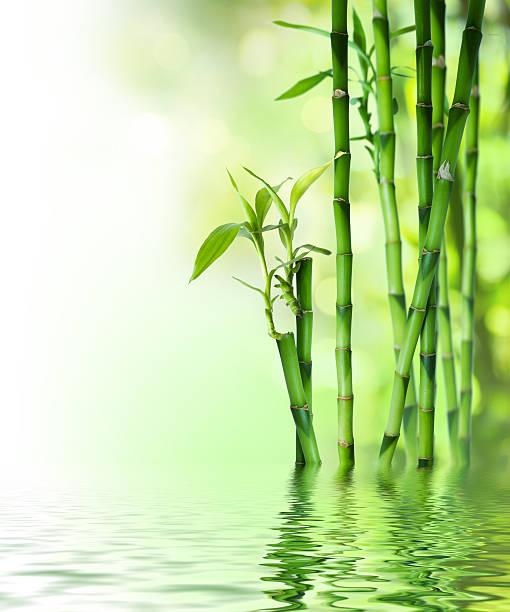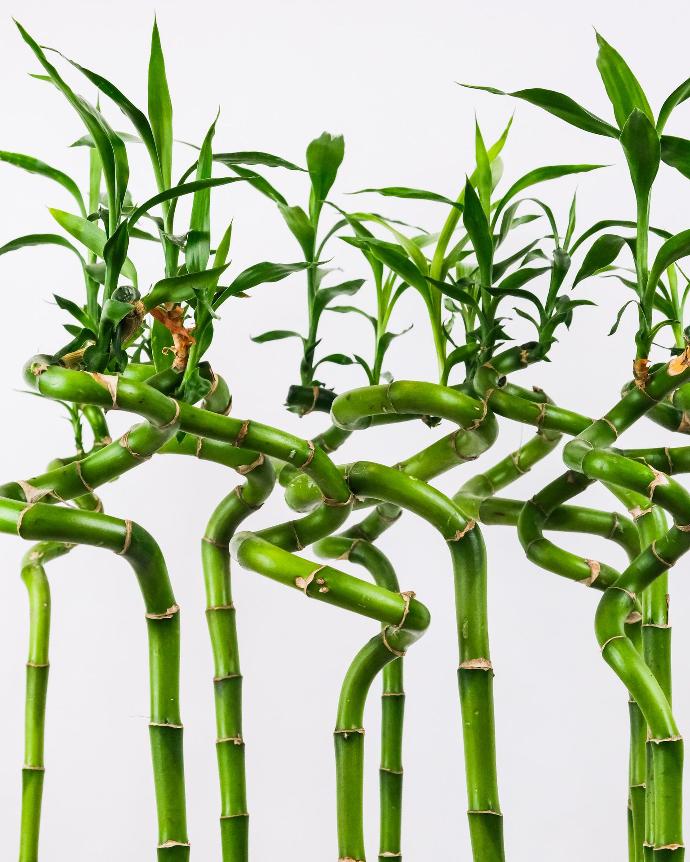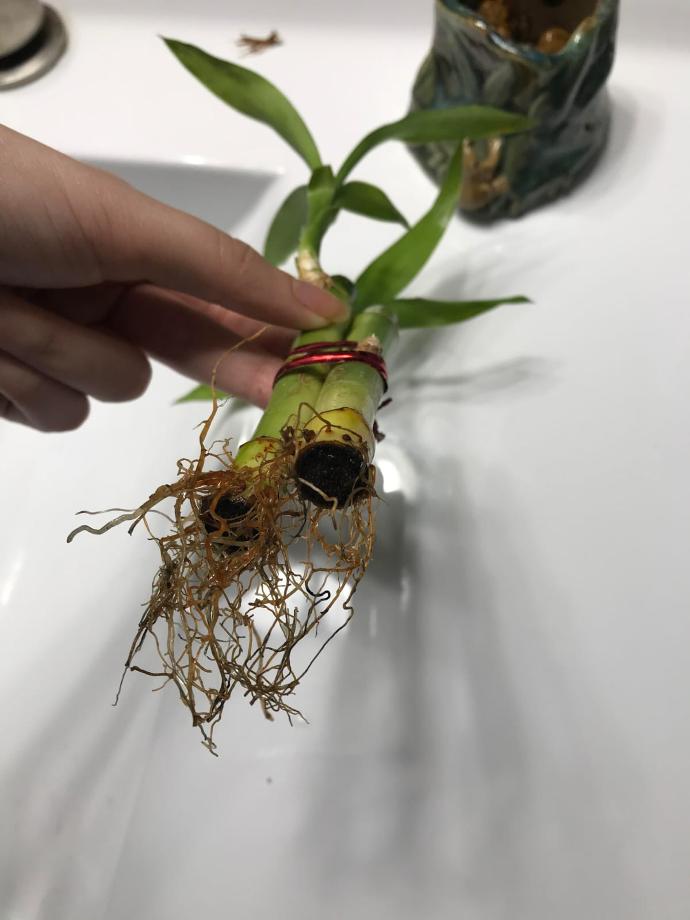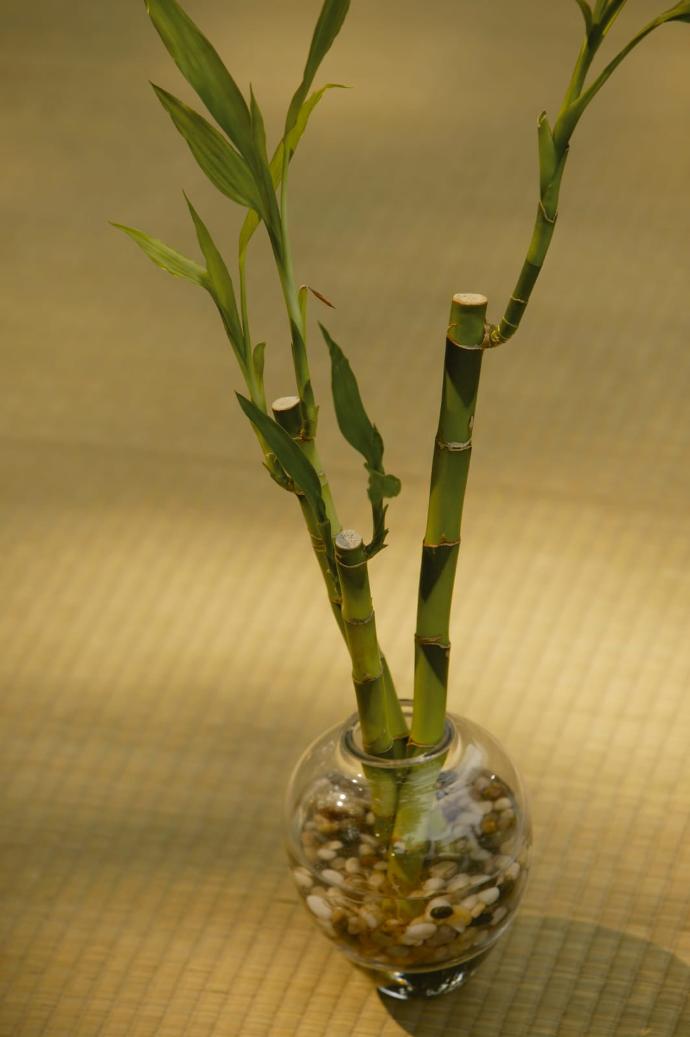Water bamboo Plant
Water Bamboo, possibly referring to a specific bamboo variety, may have varying care requirements. Generally, provide well-draining soil, appropriate sunlight, and regular watering. Pruning and fertilizing practices may vary based on the specific characteristics of this plant.
Habit
Tree
Height
3 to 4 m
Growth
Fast
Soil
Well-drained, Sandy Loam
Shade
Full Sun to partial shade
Moisture
moist
Edible
Yes
Medicinal
Yes
Origin
China, Southeast Asia
Climatic Condition
Tropical, Subtropical
Temperature (°)
25°C to 35°C
Humidity (%)
60% to 80%
Potting media
50% Loam, 40% Sand, 10% Compost
Fertilizers
Organic Fertilizer
Watering
Regular watering
Plant Weight
5 to 10 kg
Flowering Time
Spring to Summer
Soil Ph level
6.0 to 7.5
Water Ph level
6.0 to 7.0
Soil EC
0.6 to 1.0 mS/cm
Yield Per Plant
10 to 20 kg per plant
NPK ratio
10:10:10
life Span
10 to 20 years
Health Benefits
Ornamental, Air-purifying
Suggested Grow Media or Potting Mix ?
50% loamy soil, 30% compost, 20% sand
Suggested Fertigation/Fertilizers
Fertilize every 4 weeks with a balanced fertilizer.
Common Diseases and Remedies
Fungal spot, root rot.
Roots get mushy and smelly.
Avoid over watering and Remove the effected part.
HEALTH BENEFITS
1. May help reduce inflammation: Water bamboo's antioxidants and other compounds may help reduce inflammation and improve overall health.
2. May have antimicrobial properties: Water bamboo may have antimicrobial properties that can help prevent infections.
3. May help improve respiratory health: Water bamboo's antioxidants and other compounds may also help improve respiratory health.
What Is An Water bamboo Tree?
Water bamboo, experimentally known as Zizania latifolia, is a lasting sea-going grass local to East Asia, especially China, Japan, and Korea. It is frequently developed for its palatable shoots and as a decorative plant in water nurseries or wetlands. Water bamboo normally fills in shallow water or damp regions, with tall, empty stems that can arrive at levels of up to 10 feet. The leaves are long and limited, with a dark green tone. One of the most remarkable highlights of water bamboo is its consumable shoots, which are collected when they are youthful and delicate. These shoots are a famous fixing in Asian food, known for their fresh surface and fragile flavor. They are in many cases utilized in pan-sears, soups, and mixed greens.

What Are The Different Types Of Water bamboo Plants?
1. Zizania latifolia
Otherwise called Chinese water bamboo or water bamboo rice, this is the most generally developed types of water bamboo. It is developed for its eatable shoots and is much of the time utilized in Asian cooking.
2. Zizania aquatica
Generally known as wild rice, this species is local to North America. It is a significant food hotspot for untamed life and is likewise collected for human utilization.
3. Zizania texana
This species, otherwise called Texas wild rice, is local to the San Marcos Waterway in Texas. It is a fundamentally jeopardized animal categories and is safeguarded by regulation.

How to Care Water Bamboo Plant ?
1. Location
Water bamboo plants, similar to Zizania latifolia, commonly flourish in areas that give a wet or mucky climate. They favor regions with shallow water, like the edges of lakes, streams, or swamps. These plants require full sun to halfway shade and supplement rich, sloppy or silty soil to develop well. They are regularly tracked down in East Asia, especially in districts with a calm environment. In development, water bamboo can likewise be filled in holders loaded up with water or in lowland nurseries where the dirt is reliably wet.
2. Sunshine
Water bamboo plants, similar to Zizania latifolia, favor full sun to halfway shade. This implies they flourish where they get something like 6 hours of direct daylight each day. Nonetheless, they can likewise endure halfway shade, particularly in blistering environments where they might profit from some security from the extraordinary early afternoon sun. As a general rule, furnishing water bamboo with a lot of daylight will assist with advancing sound development and improvement.
3. Soil
Water bamboo plants, similar to Zizania latifolia, really like to fill in supplement rich, sloppy or silty soil that is reliably clammy. They are in many cases tracked down developing along the edges of lakes, streams, or bogs where the dirt stays wet. In development, water bamboo can be filled in holders loaded up with a combination of soil and sand, or in marsh gardens where the dirt is kept reliably soggy. It's essential to try not to allow the dirt to dry out totally, as water bamboo plants require a reliably clammy climate to flourish.
4. Hydration
Water bamboo plants, similar to Zizania latifolia, require reliably sodden soil to flourish. They like to develop in regions with shallow water or in soil that is continually wet. It's vital to keep the dirt or water around the plants reliably wet, however not waterlogged, to forestall root decay. In dry circumstances or during times of dry season, it could be important to give extra water to keep the dirt sodden. Be that as it may, it's additionally vital to keep away from overwatering, as this can prompt root decay and different issues.
5. Nourishment
Water bamboo plants, similar to Zizania latifolia, benefit from a supplement rich climate. They can be prepared with a fair fluid manure once per month during the developing season (spring and summer) to advance solid development. Moreover, integrating natural matter into the dirt, like fertilizer or all around spoiled excrement, can assist with furnishing the plant with the supplements it needs. Nonetheless, it's significant not to over-prepare, as this can prompt exorbitant development or supplement awkward nature.

6.Issues
1. *Pests:* Aphids, snails, and slugs can some of the time be an issue. Routinely investigating your plants and going to proper lengths, for example, utilizing insecticidal cleanser or natural bug control techniques, can assist with dealing with these vermin.
2. *Diseases:* Parasitic sicknesses, for example, fine buildup or root decay, can happen, particularly in sticky circumstances or on the other hand assuming that the plant is overwatered. Legitimate watering practices and great air dissemination can assist with forestalling these illnesses.

FAQs About Growing Water Bamboo
1. how to keep up with water bamboo plant?
Keep the dirt or water around the plant reliably sodden. Water bamboo plants favor wet circumstances and ought not be permitted to dry out totally.
2. what are the purposes of water bamboo plant?
One of the essential purposes of water bamboo is its consumable shoots, which are a well known fixing in Asian cooking. The shoots are reaped when they are youthful and delicate and can be utilized in pan-sears, soups, mixed greens, and different dishes.
3. Can I grow water bamboo plant indoor?
Water bamboo plants, like Zizania latifolia, are typically grown outdoors in water gardens or wetland areas. However, it is possible to grow them indoors under the right conditions. Here are some tips for growing water bamboo
4. which pot is best for growing water bamboo plant?
These containers are designed specifically for growing aquatic plants and are often large and shallow, providing ample space for water bamboo roots to spread.
5. from where can I shop water bamboo plant?
Check with local nurseries or garden centers that specialize in aquatic plants. They may carry water bamboo plants or be able to order them for you.

